Mexican Navy Ship Collides With Brooklyn Bridge
Mexican Navy ship crashes into Brooklyn Bridge, sparking urgent review of clearance errors.
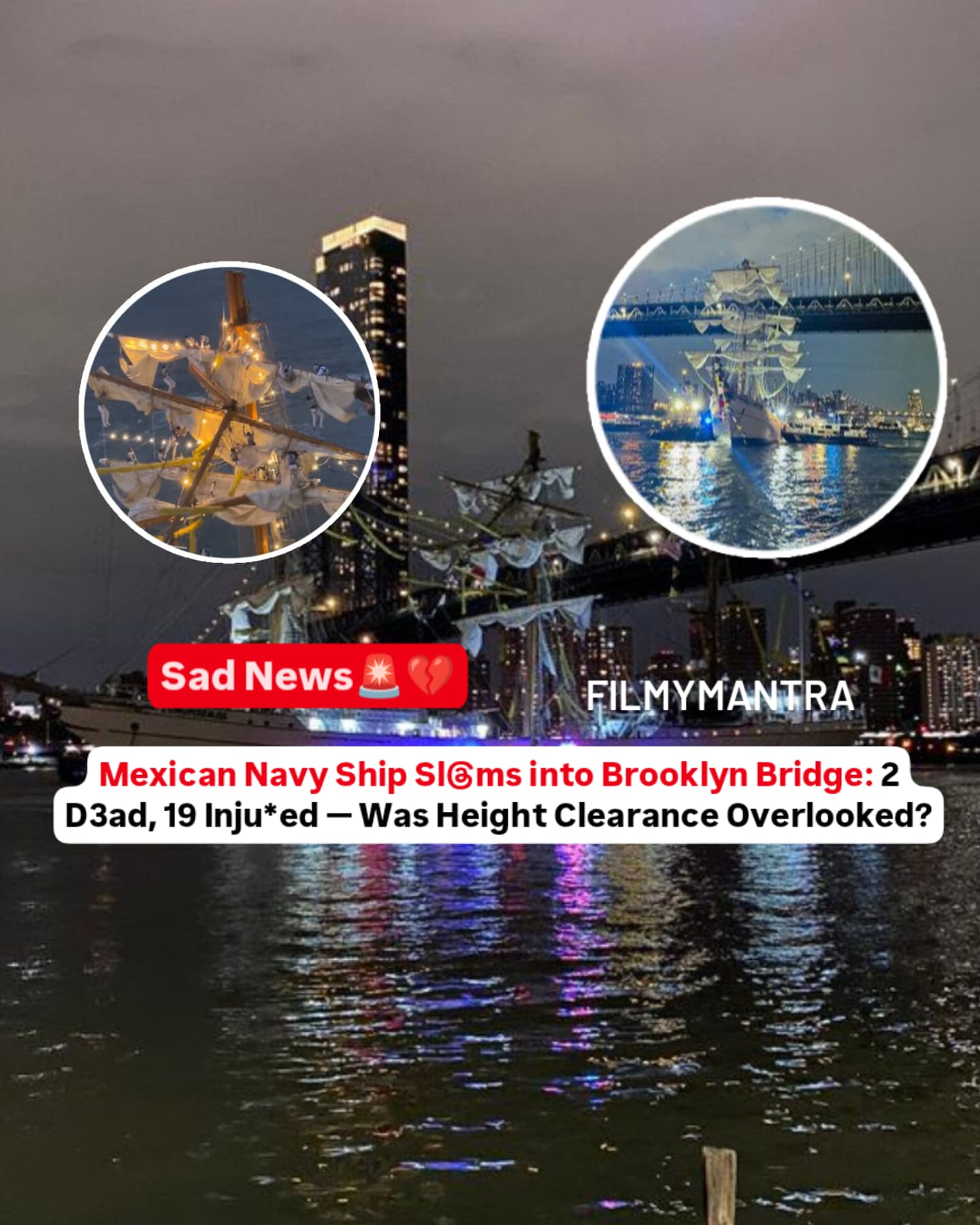
Image: Instagram
Late Saturday night, a tragic maritime accident unfolded in New York as a Mexican Navy training vessel collided with the iconic Brooklyn Bridge. The vessel, identified as the UMY Mantra, struck the structure with such tremendous force that all three of its towering masts snapped upon impact. The accident has resulted in the deaths of two individuals and left 19 others injured, prompting an urgent review of navigational protocols and height clearance procedures.
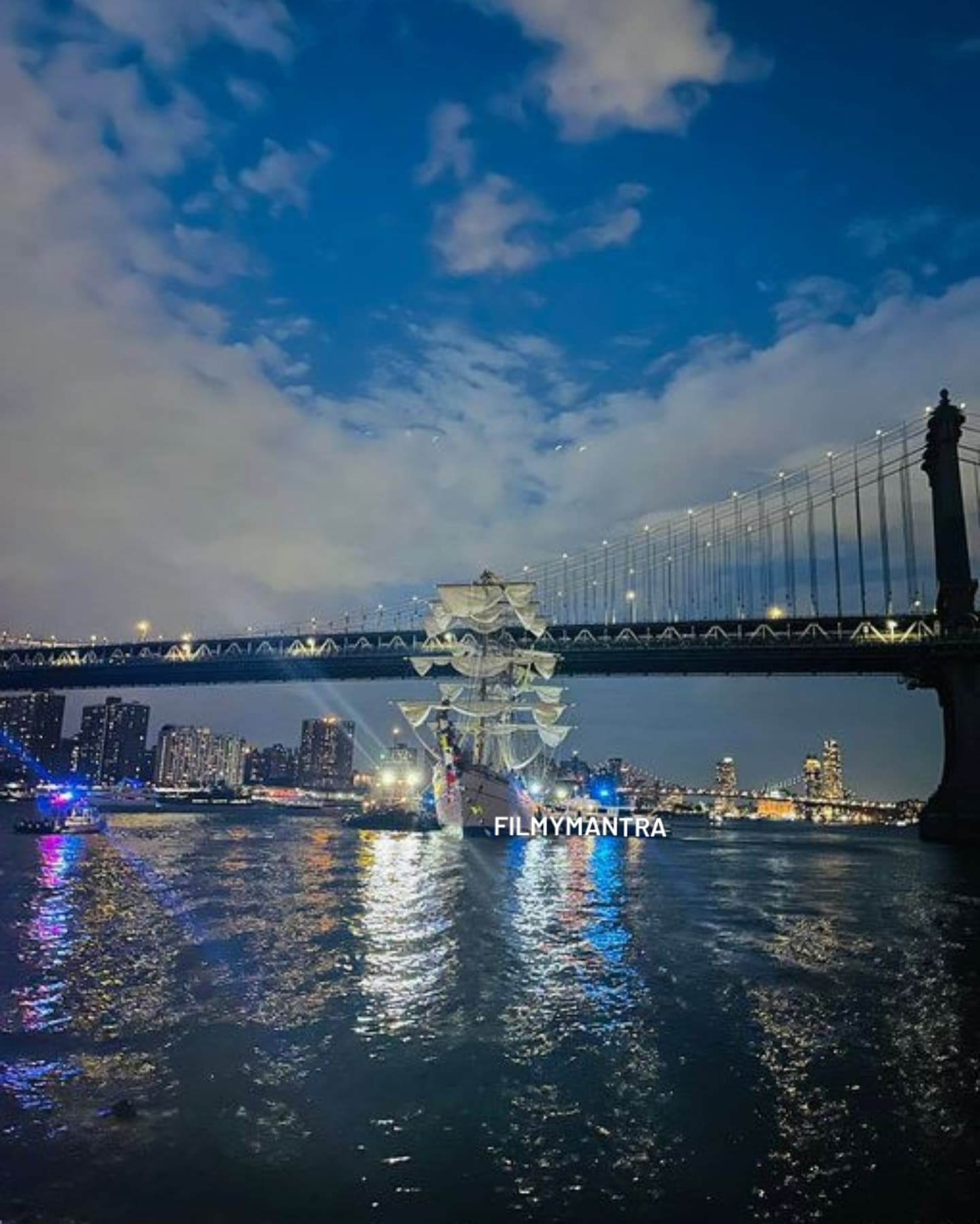
Incident Overview
The collision occurred when the UMY Mantra, during routine training exercises, miscalculated its approach to New York City’s Brooklyn Bridge. New York City Mayor Eric Adams confirmed that the vessel impacted the bridge so forcefully that the three masts were irreparably damaged, contributing to the overall chaos of the incident. Emergency services rushed to the scene, where injured civilians were promptly attended to, while law enforcement and maritime authorities began their immediate investigation into what may have been a critical oversight in navigational data.
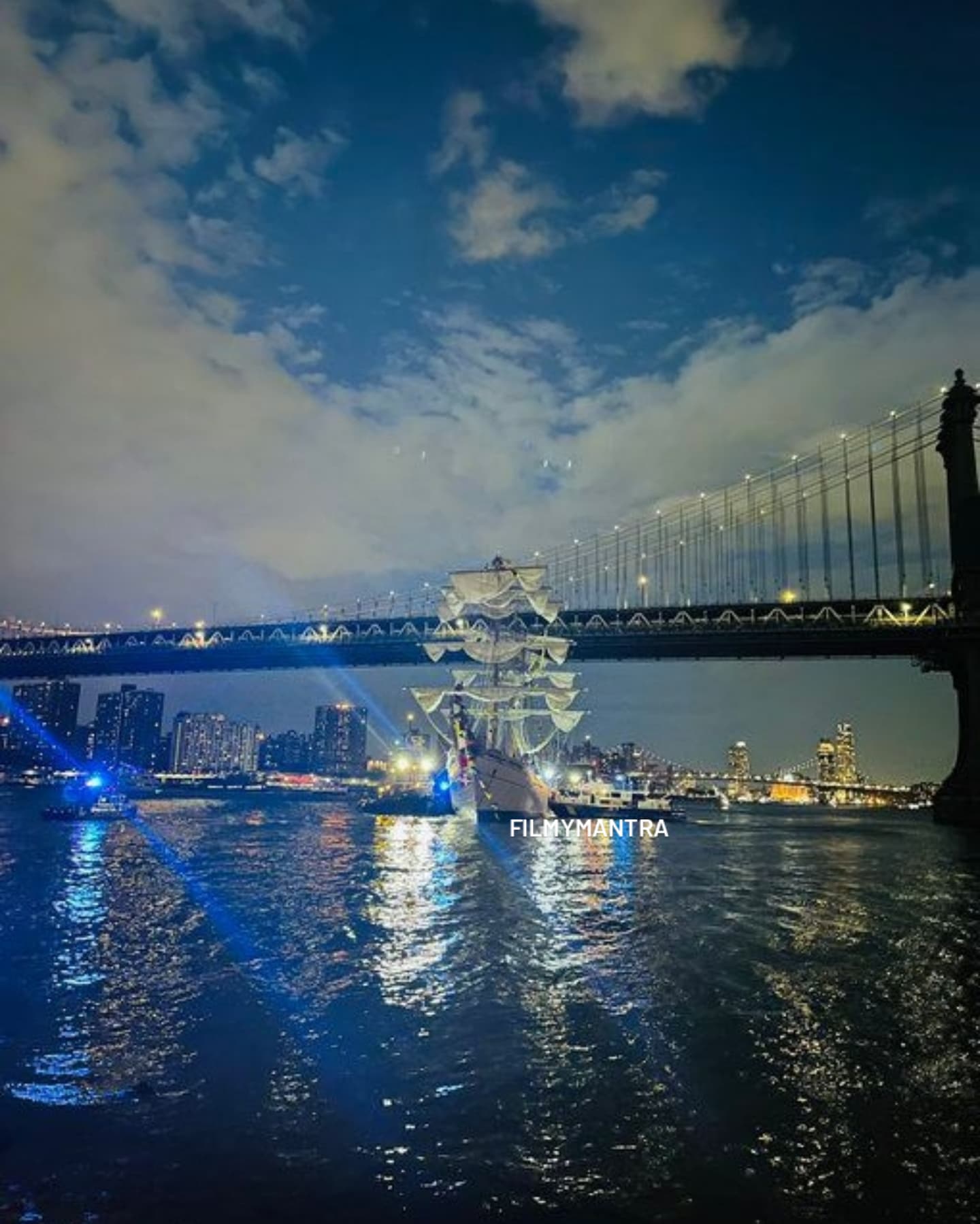
Eyewitnesses at the scene recounted a scene of surreal devastation as parts of the vessel collided with the bridge’s understructure. Local residents and commuters experienced a shock wave of disbelief and sorrow, with many expressing concerns about whether similar errors in height measurement protocols could occur again under different circumstances. The incident has raised design and safety questions regarding the adequacy of current clearance standards for vessels operating near urban landmarks.
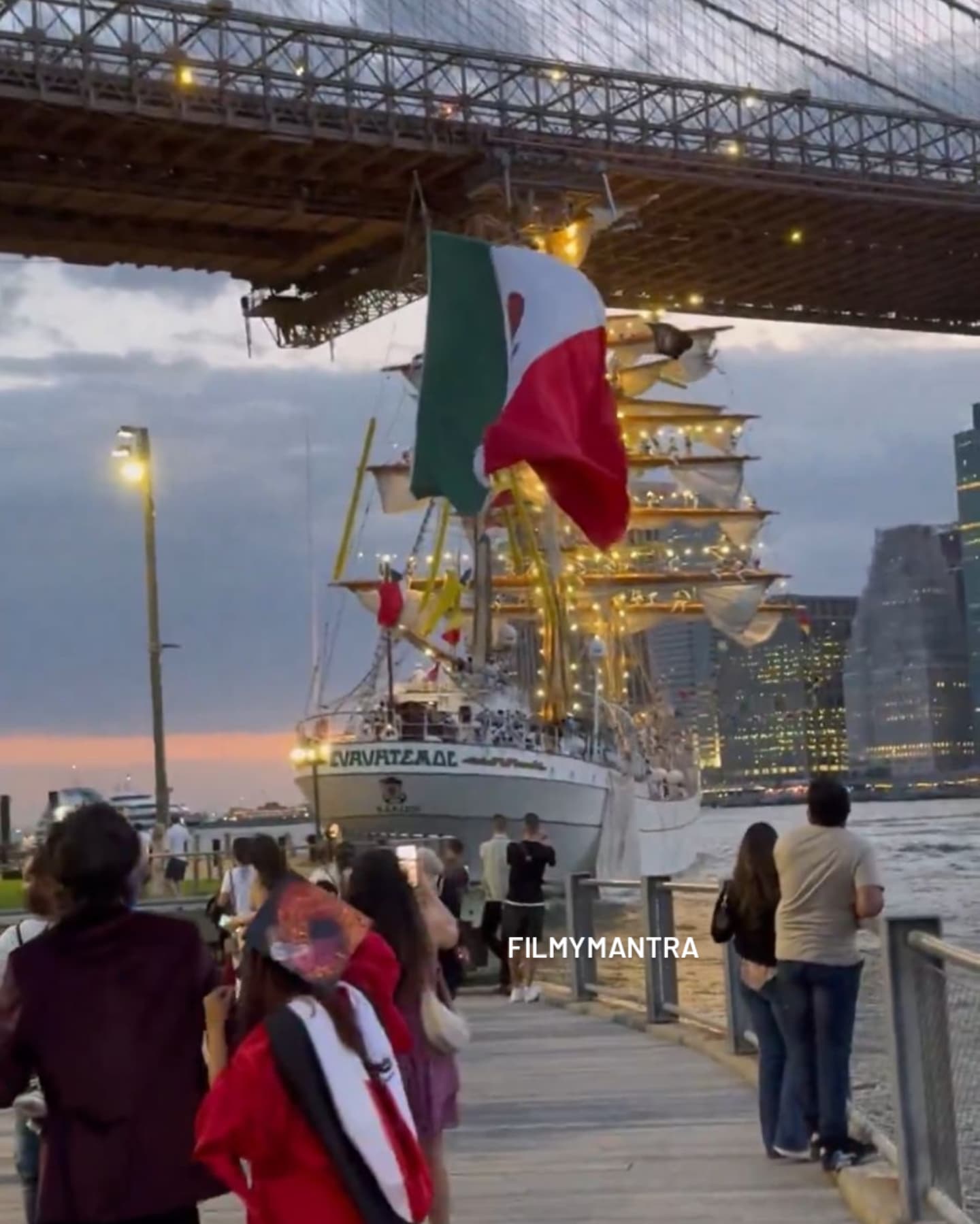
Investigation And Safety Concerns
Authorities are now meticulously examining whether a flaw in height measurement protocols contributed to the accident. Investigators are reviewing navigational data and communication logs to ascertain if a miscalculation in the clearance height led the vessel into an unsafe path below the bridge. This investigation is critical in determining whether human error, procedural shortcomings, or equipment malfunction played a predominant role in the tragic occurrence.
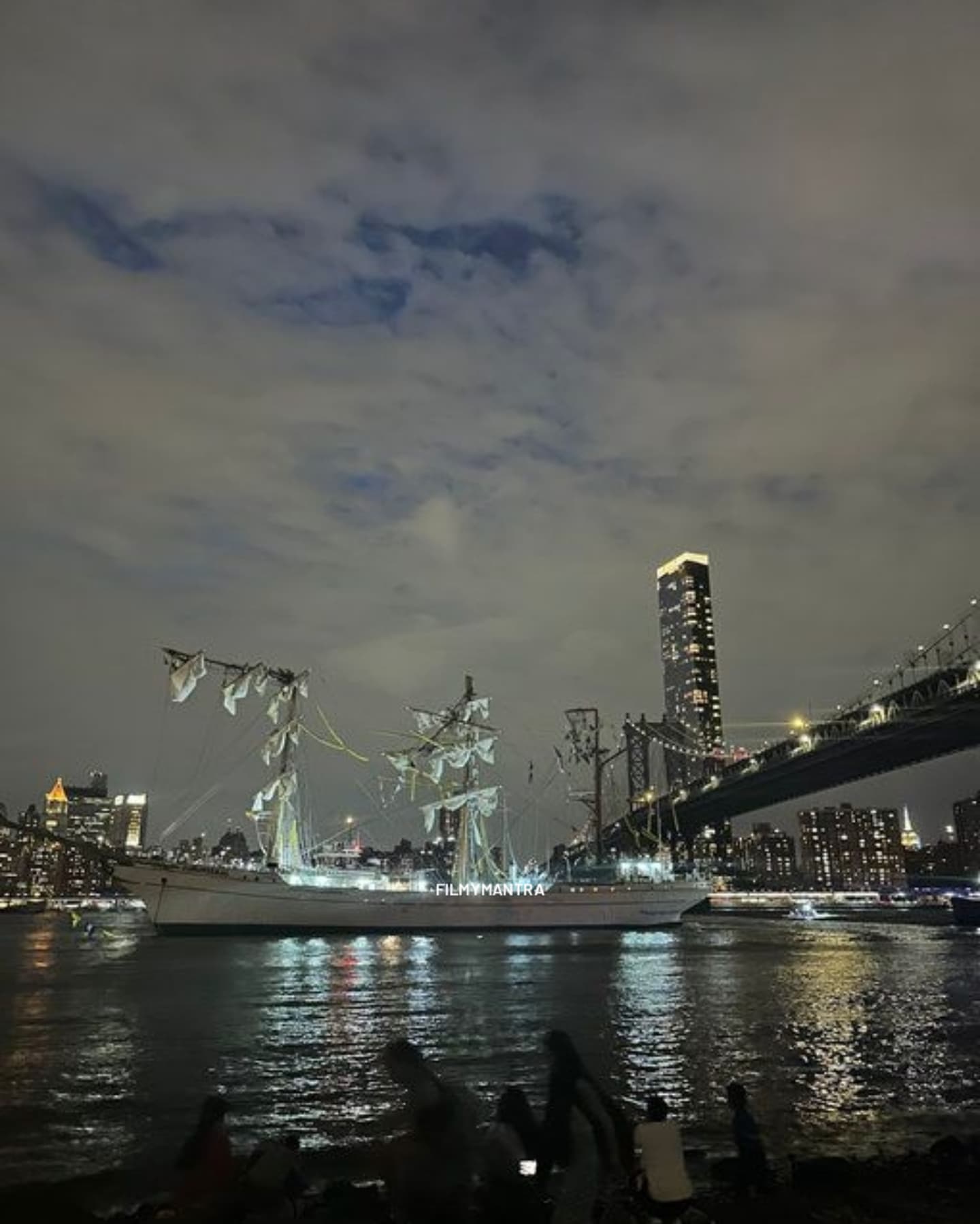
Officials noted that the collision’s force was so strong that it caused not only structural damage to the ship but also compromised the safety of the bridge infrastructure. While no immediate structural issues have been reported on the bridge itself, city officials are considering additional evaluations to ensure that the iconic structure remains safe for continued use—especially given its significance to New York’s transit system and cultural heritage.
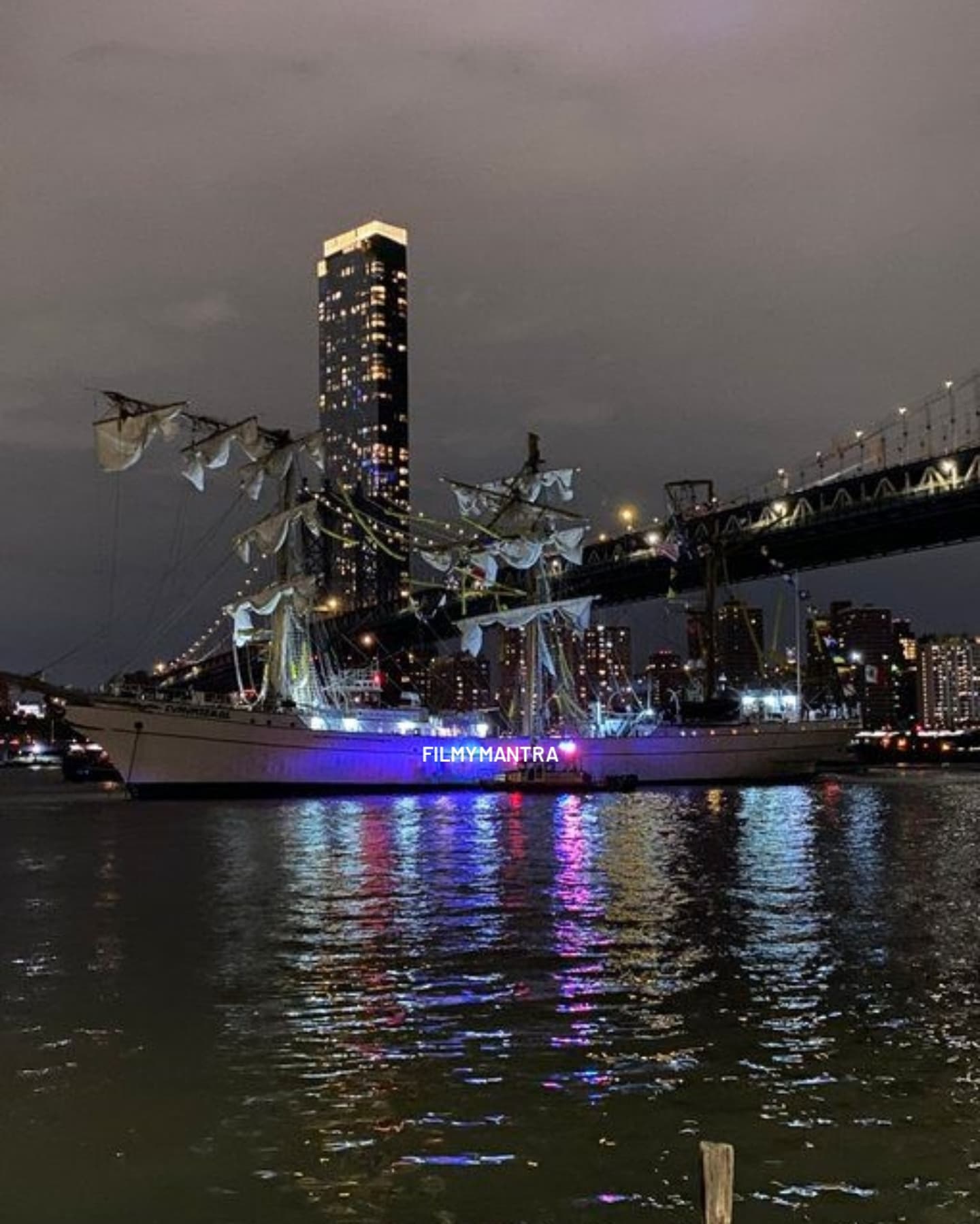
In a press briefing, Mayor Adams emphasized the need for rigorous understanding of vessel height clearance protocols around urban landmarks. He stated, “This unfortunate incident calls for an immediate review of our current safety measures. We must ensure that navigational systems are updated and that training protocols adequately address the risks posed by underestimating structural clearances.” Such remarks underscore the importance of reexamining established procedures to prevent future accidents.
Community Impact And Response
The collision has not only sparked an inquiry into navigational errors but also ignited a broader community conversation about maritime safety in congested urban areas. Local residents expressed alarm over the potential recurrence of such accidents, urging city and federal agencies to collaborate in tightening the guidelines that govern ship movements near historic landmarks. The incident has drawn attention on social media, with concerned citizens and maritime experts alike calling for transparency in the investigation and rapid implementation of improved safety technology.
The incident was widely reported on various digital platforms, including updates from Filmymantra Media, whose Instagram posts have provided ongoing coverage. While many of these posts incorporate multiple images of the aftermath, one striking photo shows debris scattered near the bridge and a glimpse of the fractured masts of the ship. These images serve as a stark reminder of the fragility of even the most established infrastructures when confronted with unexpected calamities.
Other sectors, such as transportation and urban planning, are now also stepping into the discussion, focusing on the necessity for upgraded safety protocols that can better withstand the stresses emerging from advances in maritime operations. Experts from the maritime industry are urging government agencies to invest in modern navigational technology and enhanced simulation training to help mitigate risks in similar environments.
City officials continue to work closely with federal agencies and pirate investigators in promising a comprehensive, transparent follow-up report. Local emergency services remain at the ready, prepared to respond swiftly should any further complications arise from the incident. The collision, while catastrophic, offers an opportunity to reexamine existing safety standards and ensure that historic landmarks like the Brooklyn Bridge are not placed at risk by inadvertent miscalculations.
In the wake of this disaster, New York City is bracing for a rigorous inquiry. The incident stands as a sobering lesson on the importance of precision in maritime navigation, particularly in areas where historical infrastructure meets modern-day vessel operations. As investigation efforts proceed, the community remains united in calling for swift action, improved technology, and stricter adherence to safety protocols to forestall similar tragedies in the future.
Read full bio of Cynthia Jean Daniel



















